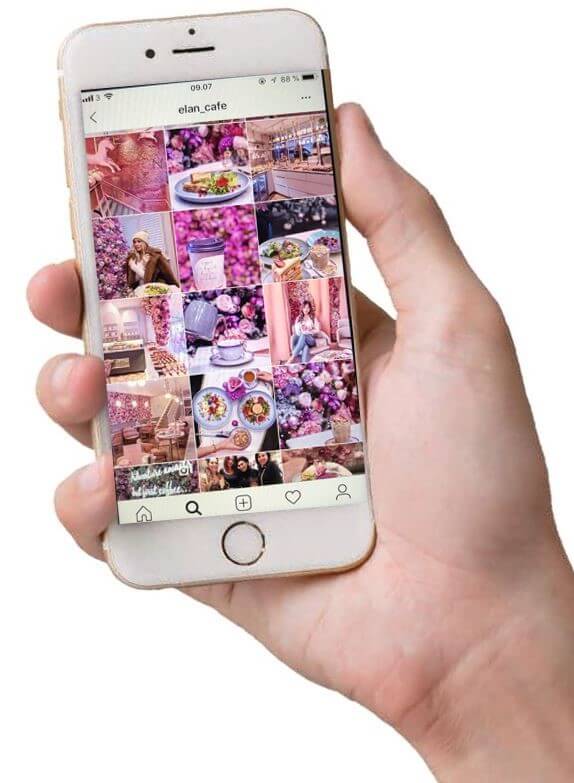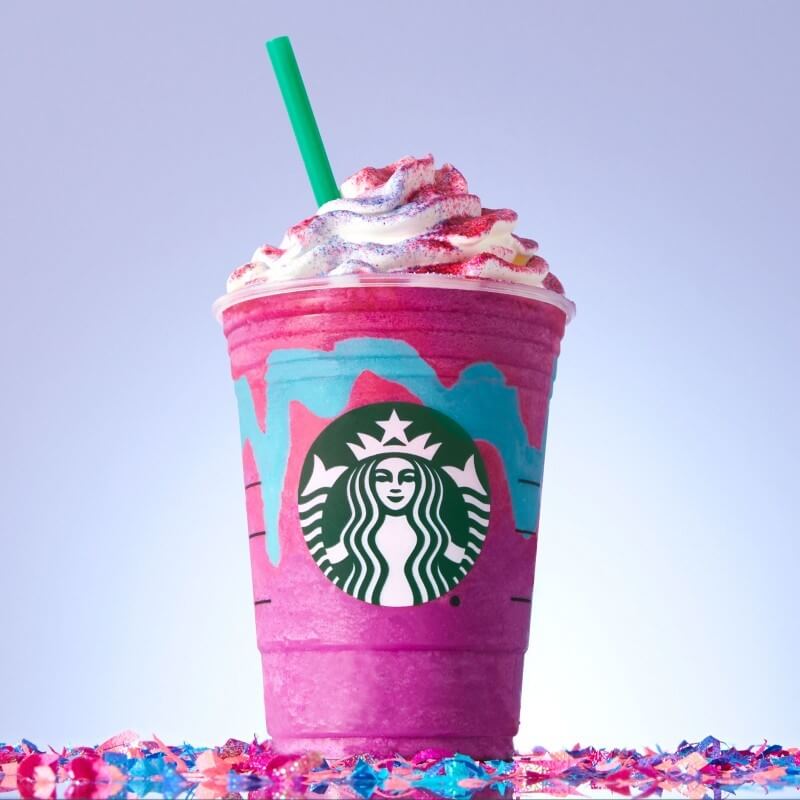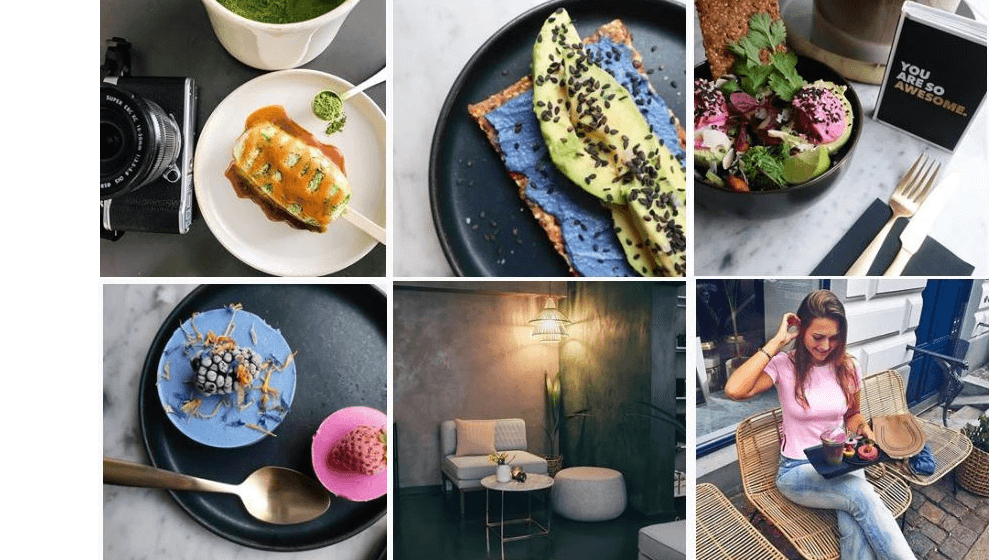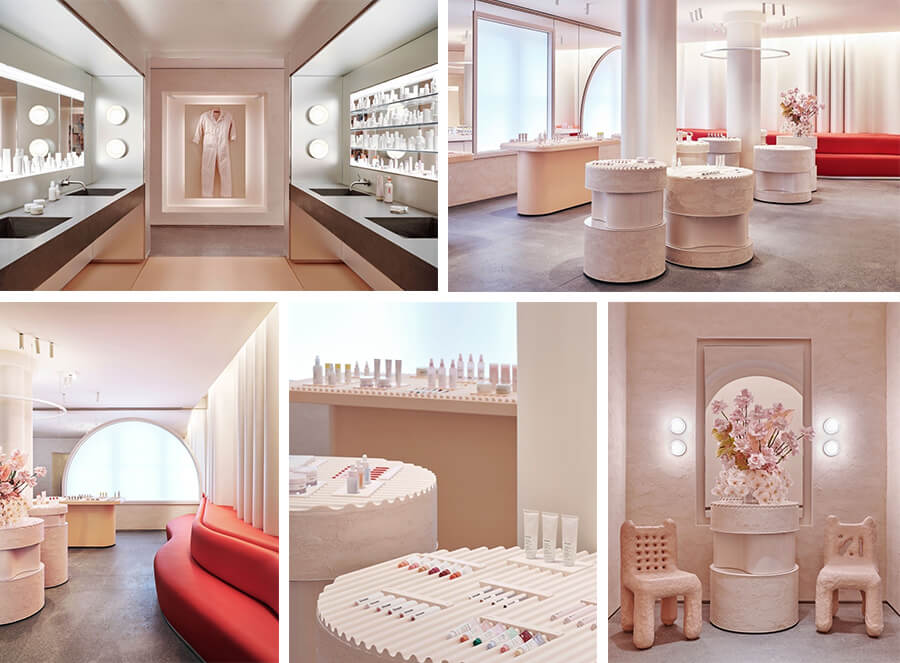Seducing shoppers with Instagratification
18 Dec 2018Generation Z has never walked into a store without a phone in their hand – they live through it and are constantly on the lookout for building and increasing their social capital through likes. Retailers should make good use of the opportunities within this behavior, both for increasing brand awareness and creating engaging experiences
Instagram. The social media that has taken the world by storm with more than 500 million daily active users and more than 1 billion monthly users. 69 % of users on Instagram are between 13 and 34 years old, and users under the age of 25 spend more than half an hour a day on the platform. Especially millennials and Generation Z connect, engage in and build social, virtual communities through shares, likes and picture-perfect posts that presents life at its greatest.
Not only has Instagram turned every person into an impressive photographer, it has also created the need for instant social acknowledgement by capturing the best, glossy, cool (or other adjectives rewarded within the community) parts of life and sharing it with family, friends and the rest of the Insta-family. The rise of the expression “Instagram-friendly” stresses the need for physical installations that are worthy of a share on the platform and consequently will pay off in social capital.
Further, it has changed the way young people engage – not only with each other, but also with brands – increasingly looking to peers and influencers for inspiration, recommendations, etc., in an online world for their offline engagements, activities, and decisions. It has changed the way they shop, buying products directly from social media platforms that trusted peers credibly endorse. Social shopping is just getting started, but that is a subject destined for another blog (stay tuned!).
Compelling, photogenic experiences
Millennials and Generation Z live through social media. It is how they communicate, get their news and entertainment. It is also here they discover new restaurants, brands and stores through the interaction with peers and recommendations, endorsements and experience sharing from the same on the social media.
 Instagram has especially forced restaurateurs to up their experience game with not only the interior design of their spaces, but also the dishes served, as the picture worthy food and places drive incredible online engagement that converts to an increase in visitors – a competitive resource and effective marketing tool that players cannot afford to disregard. In the Instagram Era, food does not only have to taste good, it has to look even better. Restaurants wanting to compete today, for most of them, Instagram cannot be overlooked – and if it is, consumers will make their way to another food destination hyped and endorsed on the platform. Food and interior presentation is key to luring in the consumers living in the Insta-age, and the success of several players on the market do not go unnoticed.
Instagram has especially forced restaurateurs to up their experience game with not only the interior design of their spaces, but also the dishes served, as the picture worthy food and places drive incredible online engagement that converts to an increase in visitors – a competitive resource and effective marketing tool that players cannot afford to disregard. In the Instagram Era, food does not only have to taste good, it has to look even better. Restaurants wanting to compete today, for most of them, Instagram cannot be overlooked – and if it is, consumers will make their way to another food destination hyped and endorsed on the platform. Food and interior presentation is key to luring in the consumers living in the Insta-age, and the success of several players on the market do not go unnoticed.
Élan Café in London demonstrates how great, compelling and engaging design can take Instagram by storm. The café has been labeled “London’s most Instagrammable”, and the gorgeous Insta-friendly interior with millennial pink, flower walls, marble tables, and, of course, photogenic food and drinks has grown the café’s follower base to more than 189,000 on the platform and people are lining up to visit one of the now three Elan Café´s in London.
Similarly, this NYC Bakery, Flour Shop, is charming Instagram with rainbow décor, confetti cakes and installations that invites visitors and customers to engage, snap a photo and share it.
The reach and power of the platform is immense and has changed the game why new, physical food concepts centered around Instagram regularly see the light of day, and “old” players jump on the bandwagon. Starbucks took aim at the Insta-shopper with their Unicorn Frappuccino, and Dunkin’ Donuts also mixed exotics flavors and colors with a galaxy-inspired menu in March to make their mark on shoppers’ social feed.

Photo: Starbucks
On the yearly FMCG conference held in Copenhagen by Retail Institute Scandinavia, owner of Matcha Bar – a café mainly serving meals and drinks based on matcha – Michael Kristensen, explained how a dish or drink would never make it on the menu if it was not “instagrammable” and hence inviting the customers to share their experience and/or their purchase in the café on the social media. He also revealed how much of the business revolves around Instagram, with the café regularly hosting events for influencers solely for them to post about the concept on the platform.

Photos: Matcha Bar
The instagrammable store
While Instagram and the accompanying behavioral changes has transformed how restaurants approach customers, the instant gratification of physical stores has been key for decades, but instagratification is adding another layer to the mix in meeting the needs of the digital nomads in brick-and-mortar stores. More and more retailers are following suit on making their physical spaces Instagram-friendly where the experience, designed to be memorable, eye-catching, picture-worthy, and shared, and not the sale is in focus. Not only does it provide shoppers with the high-in-demand experiences, it also gives them the pleasure of enjoying a social experience (shoppers prefer social shopping experiences) offline with friends as well as online when collecting social capital from the adventure. The undeniable bonus for the successful in-store Instagram-friendly installations and experiences is an increase in brand awareness through social mentions and foot traffic to the store.
The instagrammable store is a trend most common among digital first companies. Co-founder of Away – a digital founded luggage startup – Jen Rubio, says that Away judges the success of the physical stores by how many Instagram posts the stores inspire.
Similarly, the first permanent store of the digital beauty brand Glossier is designed as an Instagram-friendly space that promotes social engagement. The Glossier Flagship, which opened on November 8th, is a two story, 280 square meter retail space that revolves around the touch and feel of the brand in real life. It is an immersive community space where Glossier’s customers can get to know the brand and connect with each other over beauty while testing and shopping the products. The store features several digital-friendly touch points, including an experiental “Boy Brow Room”, the brand’s bestselling eyebrow filler, with giant tubes of the product decorating the room and screaming for a selfie. The instagrammable interior design, from a vibrant red staircase to circular tables showcasing the products, encourages visitors to share moments from the store on the social media – take a look inside:

Photos: Courtesy of Glossier
If it’s not on the ’gram, did it even happen?
How do you make your store Instagrammable? Here are a few pointers:
- Interior design, interior design, interior design
Do you want your brand and store all over Instagram? The key to picture-worthy stores is design and immersive, yet shareable, experiences - Stand out
Find out, what your customers like, but differentiate! Instagram is overflooding with millennial pink, white tiles, pink terrazzo and neon signs. Make your store design and experience unique – it will strengthen your credibility, authenticity, and foot traffic - Be memorable
In order to secure your place in the Instagram sphere, store installations do not only have to be pretty, they also must be enviable - Remember the overall store experience
Service, expertise, quality of food, etc. should not be neglected – you are still judged on the overall experience